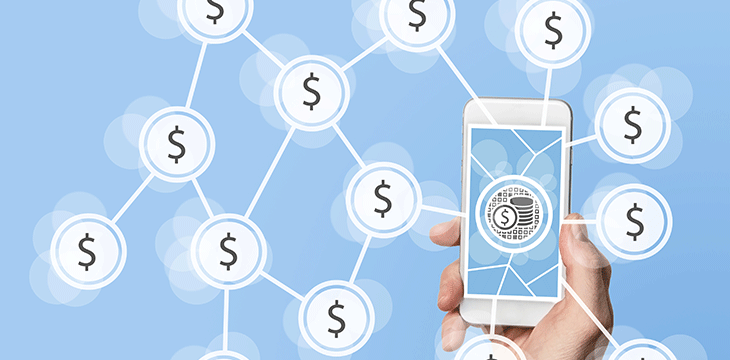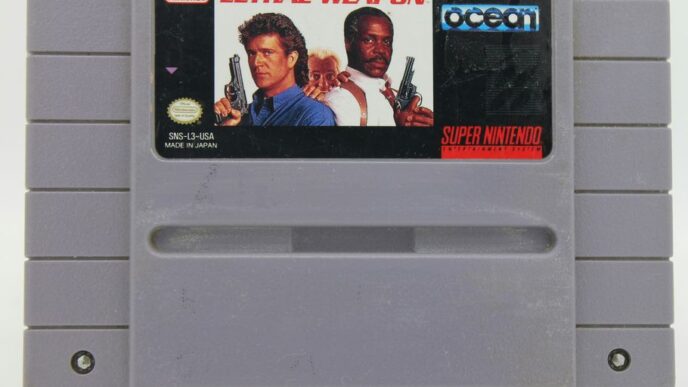Web3 is increasingly becoming a buzzword, especially for the past couple of years. Although it can be considered one of the youngest emerging technologies in that it is still in its early stages of development, many businesses around the world are already riding on its popularity. However, the road to Web3 is still riddled with challenges.
According to many experts, what will set Web3 apart from Web1 and Web2 is data ownership. While Web 1 is known as the read-only phase, Web2 is the present, which is considered to be the read-and-write era. Web3, on the other hand, will be known as the generation when people can read, write and own data in the Internet of Value where the user is the client and not the product.
What does this mean? The current Web2 actually exploits user data by harvesting them and selling them to advertisers, research centers and the like. Users do not have control over their own data. Tech giants like Meta and Google are the only ones profiting off of them. And this is what Web3 will remedy by giving back ownership and value of data back to the users.
Now, the biggest challenge for Web3 is how to make this possible. This will include overcoming, digitization of records and digitalization of systems and processes first. Although most countries are already embarking on the huge tasks of digitization and digitalization, much still has to be done.
https://youtu.be/9QszZjF99WI
Blockchain technology is the solution. But not all blockchains have the same qualities. Scalability is a quality that a blockchain must have in order to be able to facilitate true data ownership in Web3. This is because only when a blockchain is able to scale to meet market demands can it efficiently grow to accommodate increasing data storage and transaction needs.
To put it into perspective, take the BTC Blockchain and BSV Blockchain as examples. While the latter is scalable, the former is not. The BTC Blockchain can only process 1MB data blocks and seven transactions per second (TPS) at a transaction time that ranges from 10 to 90 minutes and fees currently averaging $12.26 per transaction. When there is a surge in transactions, network latency and a substantial rise in fees inevitably occur.
In contrast, the BSV Blockchain is now completing 4GB blocks and 50,000 TPS at a transaction time of less than two seconds and fees averaging $0.000003 per transaction. Based on the numbers alone, it is obvious which one is more efficient and practical to use when embarking on huge technical endeavors like digitization and digitalization, which build the foundation for data ownership.
And crucial to achieving these milestones is micropayments or very small amounts of online payments. Records can be digitized and systems can be digitalized for a very affordable amount. The same goes with establishing data ownership. Users can spend their own money in recording their data on the blockchain. This also makes it possible for them to monetize their data.
A user on a social media platform can spend a penny, for instance, so that their profile, posts, photos and comments are all recorded on the blockchain. they can then earn a penny whenever their post is shared or liked. This basic concept shows the power of micropayments. And it is only possible with a scalable blockchain because it costs almost next to nothing for each transaction. Only when this kind of system is in place can true data ownership in Web3 be fully realized.
https://youtu.be/GraCTlpyAx0













